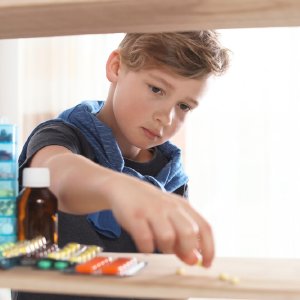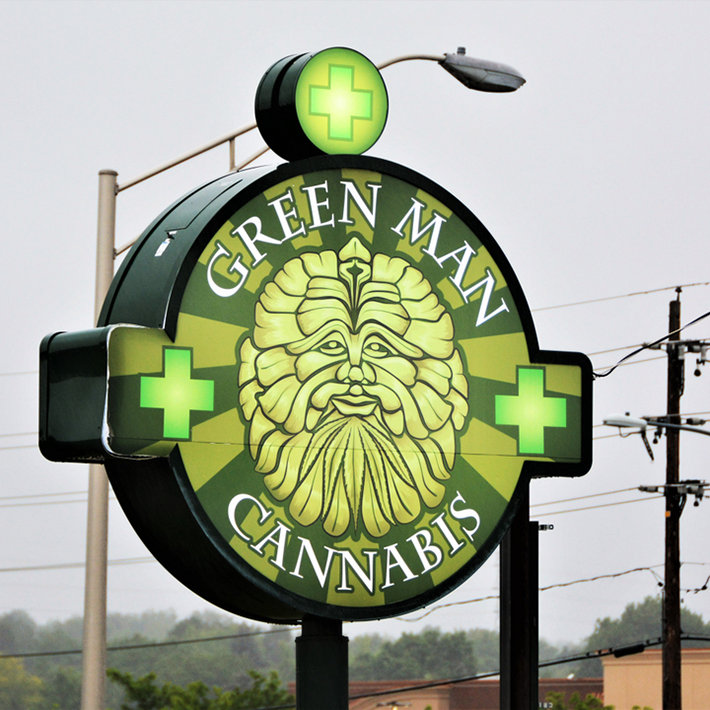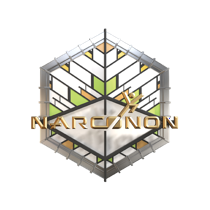Solving America’s Addiction Nightmare and Helping Our Young Adults

Since the turn of the century, the United States has experienced what might be its worst-ever drug problem. Just in the last two decades, millions of people have fallen prey to drug habits, and hundreds of thousands of people have died from drug overdoses.
But who is actually falling prey to addiction? Who is dying from drug overdoses? As it turns out, young people between the ages of 18 to 25 are particularly hurt by the ever-expanding drug crisis.
Parents have a right to be worried. But what can they do to protect their kids?
Young People and Addiction – Why Parents Must Step In
More people than ever before are dying from drug overdoses. According to the Centers for Disease Control and Prevention, from 1999 to 2017, more than 702,000 people died from drug overdoses. And just in 2017 alone, 70,000 people lost their lives from drug overdoses.
Such a large increase in overdose deaths has been primarily due to a rise in the production and distribution (prescribing) of opiate painkillers. Painkillers are more common and easier to get, and young people don’t perceive as much risk associated with such drugs because they are legal, pharmaceutical substances. As a result, more than 7 percent of young adults ages 18 to 25 misused prescription opioids in 2016.
Overdose and death from exposure to prescription opiates is the most severe consequence of using such drugs. Understandably, overdoses are what parents are so concerned about.
In 2015, 4,235 young adults died from drug overdoses, more than half of them from opiate drugs. And for every overdose death, there are about 199 emergency room visits (young adults being rushed to an ER to receive treatment for an overdose). Some research suggests that, of all the age groups and demographics in the U.S., young adults ages 18 to 25 are the most affected by prescription drugs, both opiate and non-opiate drugs alike.
Further research suggests that the trend in overdose deaths among young people has been consistent and has increased. According to the data, in 2006, the death rate from young adult drug overdoses was 8.1 deaths for every 100,000 people in that age bracket. But by 2015, the death rate had risen to 9.7 deaths for every 100,000 individuals. That’s about a 4 percent increase each year.
A Treatment Gap For Young People
Unfortunately, young people are still not getting the help that they need when they need it. There is still a severe gap in treatment, with the number of youth who need addiction treatment being far higher than the number of youth who actually do receive such help.
Studies show that only one-third of young adults who survive an overdose receive addiction treatment within thirty days of the overdose. We are talking about a near-death experience, a moment when a youth almost died from a drug overdose, yet only one in three are receiving treatment following such a near-death experience.
“… Alcohol and drug addiction take an enormous toll on individuals, families, and communities. Most Americans know someone who has been touched by an alcohol or a drug use disorder. Yet 90 percent of people with a substance use disorder are not getting treatment. That has to change.”

This concerning state of events was not lost on former Surgeon General Vivek Murthy, who commented on the matter. “Although substance misuse problems and use disorders may occur at any age, adolescence and young adulthood are particularly critical, at-risk periods. … Alcohol and drug addiction take an enormous toll on individuals, families, and communities. Most Americans know someone who has been touched by an alcohol or a drug use disorder. Yet 90 percent of people with a substance use disorder are not getting treatment. That has to change.”
So not only are young people at particular risk when it comes to substance abuse, but overdoses among young adults are on the rise. And to top it all off, only one-third of youth are receiving help following a survived overdose.
What can parents do? As the former caregivers and the current opinion leaders and nurturers of their children (no matter their children’s ages), what can parents do to ensure that their kids get help when help is needed?
What You Can Do to Ensure that Your Son or Daughter Gets Help
If your young adult child just survived an overdose, odds are you are quite worried about their health, no matter if they’re 18 or 40.
The priority immediately becomes one of helping your son or daughter get into long-term residential drug treatment as soon as possible. And having just survived an overdose, many young people will be quite willing to seek help. A brush with death is a powerful wake-up call.
For some, though, they will not be willing to seek help. The fact is, most addicts do want to get help, and they do know, deep down inside, that they cannot go on using drugs and alcohol without suffering severe consequences down the line. They want help, they simply do not know how to get it, they cannot bring themselves to confront their habit, or they do not think treatment will work for them.
And it is possible that treatment hasn’t worked for them in the past. Perhaps you have helped your child get into treatment before, and you witnessed treatment not work for them. They went to treatment, got out, and went right back to using drugs and alcohol.
Sometimes, recovering addicts have to go through rehab more than once before they break free from addiction for good. Most of the time, though, what is missing is finding the right drug and alcohol treatment center to go to in the first place.

Narconon utilizes proven, time-tested rehabilitation technology to help addicts overcome the problem of addiction. Narconon tackles addiction at its source, paving the way for long-term success. The Narconon program is unique in that it uses a series of techniques found in no other treatment center. Narconon does not use substitute drugs, giving its participants a chance to experience a totally drug-free life.
If your son or daughter is still unwilling to try an entirely new approach to addiction recovery, an approach that will work, you may want to consider enlisting the help of a professional interventionist. An intervention might be what it takes to get your son or daughter to understand that they must seek treatment. They survived a recent overdose. The next time they might not be so lucky.
The key is to make sure your child gets help and to make sure that they get help quickly. Addiction is a life or death matter. And it does not go away on its own. Help your son or daughter to rehab today.
Sources:
- https://www.cdc.gov/injury/features/prescription-drug-overdose/index.html
- https://www.hhs.gov/ash/oah/adolescent-development/substance-use/drugs/opioids/index.html
- https://www.drugabuse.gov/related-topics/trends-statistics/infographics/abuse-prescription-rx-drugs-affects-young-adults-most
- https://www.jsad.com/page/news/mar19b
- https://jamanetwork.com/journals/jamapediatrics/article-abstract/2758103
- https://www.niaaa.nih.gov/news-events/news-noteworthy/surgeon-general-issues-landmark-report-alcohol-drugs-and-health
Reviewed and Edited by Claire Pinelli, ICAADC, CCS, LADC, MCAP, RAS


